
1.0What is 304 Stainless Steel
1.1What does 304 stainless steel mean and stand for
304 stainless steel belongs to the austenitic stainless steel family, and its typical composition includes at least 18% chromium and 8% nickel, which give it good corrosion resistance and austenitic structure.
1.2What is SUS 304 stainless steel
| Feature | AISI 304 | SUS 304 |
| Origin | United States | Japan |
| Standard | AISI / ASTM | JIS |
| Composition | 18% Cr, 8% Ni (approx.) | 18% Cr, 8% Ni (approx.) |
| Application | Global industrial use | Mainly in Japan & Asia |
| Equivalent? | √ Yes – functionally identical |
1.3Is 18-8 the same as 304 stainless steel
Yes — 18-8 stainless steel is an informal term often used interchangeably with 304 stainless steel. The numbers 18-8 refer to the same 18% chromium and 8% nickel content found in Type 304. However, 18-8 is a general category, while 304 is a specific grade within that category.
1.4Common Naming Conventions and Examples of 304 Stainless Steel
No matter the name—SUS 304, AISI 304, 1.4301, 06Cr19Ni10—they all point to the same material, with near-identical composition and properties. The differences are in naming systems, not in substance.
| Standard/System | Designation | Example Product/Application | Notes |
| AISI / ASTM (USA) | AISI 304 / ASTM A240 Type 304 | AISI 304 seamless pipe, ASTM 304 sheet | Most common U.S. designation; widely used in specs |
| JIS (Japan) | SUS 304 | SUS 304 kitchen sink, SUS 304 cookware | Common in Japanese and East Asian manufacturing |
| DIN / EN (Europe) | 1.4301 / X5CrNi18-10 | EN 1.4301 round bar, DIN 1.4301 plate | Used in EU and German specifications |
| GB (China) | 06Cr19Ni10 | GB 06Cr19Ni10 welded tube, structural parts | National standard; previously 0Cr18Ni9 |
| GOST (Russia) | 08Х18Н10 (08Kh18N10) | Russian piping or fittings | Cyrillic script; same alloy, different designation |
| AFNOR (France) | Z6CN18-09 | Used in food-grade French equipment | Obsolete but still seen in some documents |
| BS / EN (UK) | BS EN 10088 – 1.4301 | Stainless balustrades, building cladding | UK now aligns with EN standard |
| IS (India) | IS 6911 Grade 304 | Food processing tanks, pharma equipment | Harmonized with ASTM |
| KS (Korea) | STS 304 | STS 304 pipe fittings, kitchenware | STS = Stainless steel, local term in South Korea |
| ISO (International) | ISO 15510: X5CrNi18-10 | Used for international technical documentation | Matches EN chemical composition |
2.0Properties and Composition of 304 Stainless Steel
2.1Can 304 stainless steel be hardened or heat treated
In fact, 304 SS material is austenitic throughout the temperature range invlved in annealing – room temperature to say 1050C and back to room temperature by water quenching.
The quenching / fast cooling does not result in martensite formation like in carbon steels or alloy steels but is done to suppress the formation of Chromium Carbide at the grain boundaries resulting in depletion of Chromium from the surrounding matrix and thus resulting in Inter Granular Corrosion.
But 304 stainless steel can be hardened by cold working like drawing or similar metal working operations. Since that hardening due to cold working affects the material adversely, it is annealed by heating to about 1050 – 1100 C and quenching or air cooling as needed.
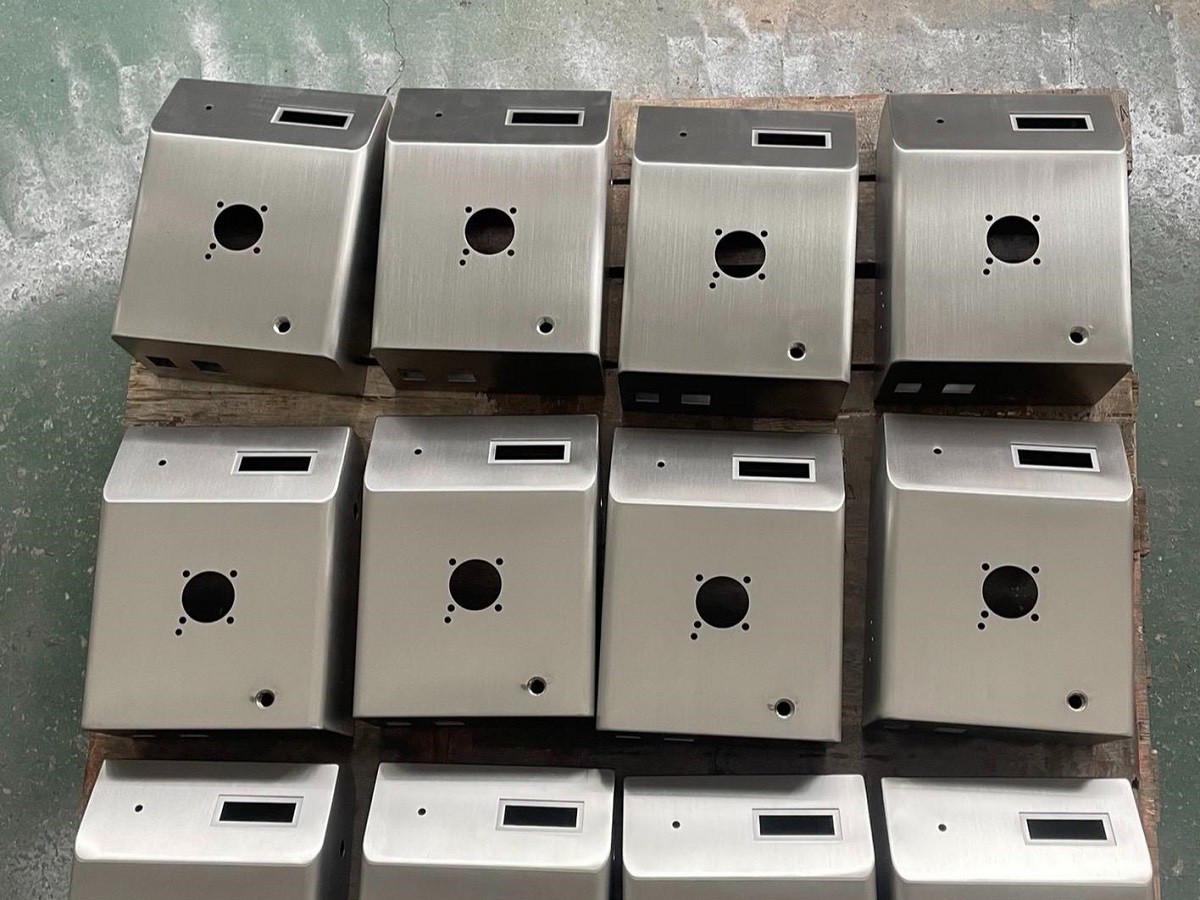
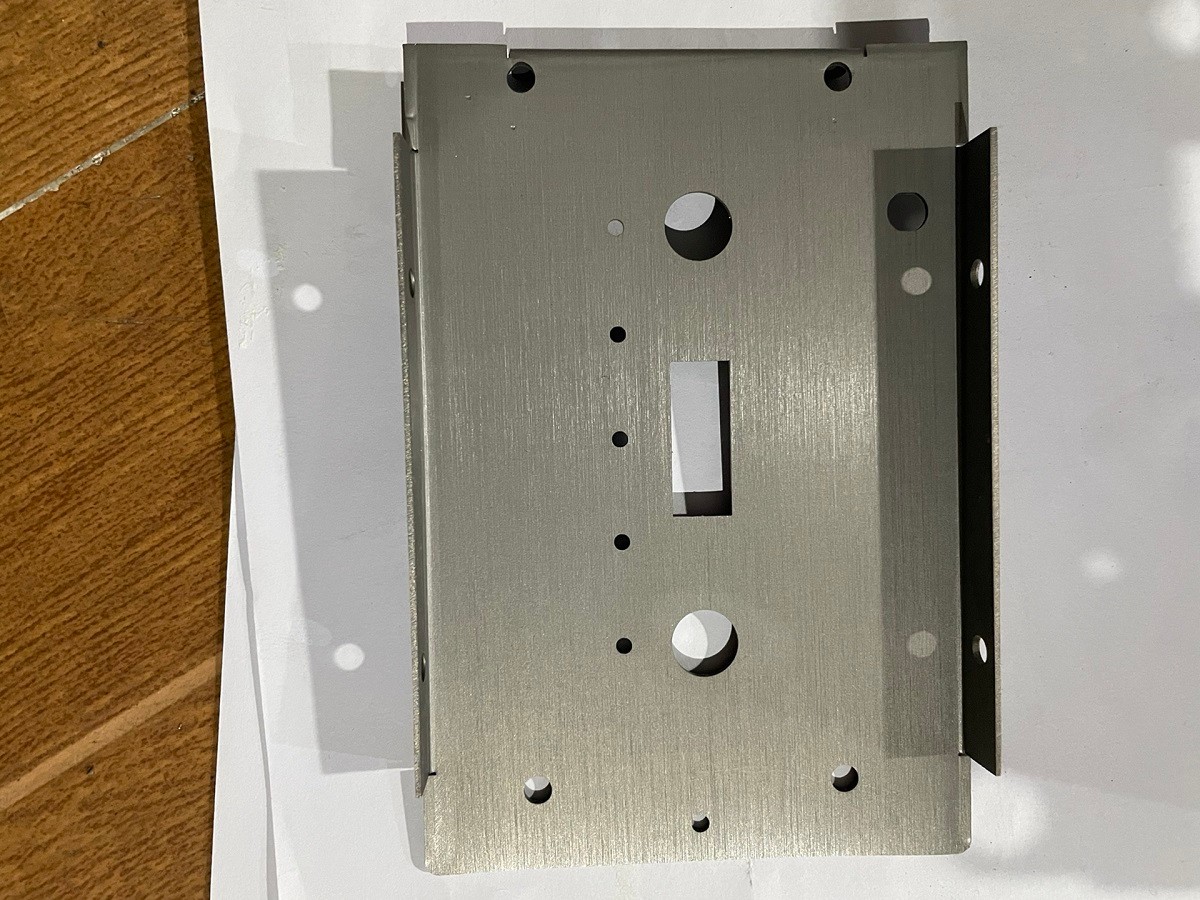
2.2What is the typical gauge of 304 stainless steel
| Stainless Steel Gauge Chart per ASTM | ||||
| Gauge | ASTM | |||
| Nominal | max | min. | ||
| 28 Ga | mm | 0.41 | 0.45 | 0.37 |
| Cold Rolled | inch | 0.0160 | 0.0175 | 0.0145 |
| 26 Ga | mm | 0.45 | 0.49 | 0.41 |
| Cold Rolled | inch | 0.0180 | 0.0195 | 0.0165 |
| 24 Ga | mm | 0.61 | 0.66 | 0.56 |
| Cold Rolled | inch | 0.0240 | 0.0260 | 0.0220 |
| 22 Ga | mm | 0.74 | 0.79 | 0.69 |
| Cold Rolled | inch | 0.0291 | 0.0311 | 0.0271 |
| 20 Ga | mm | 0.90 | 0.96 | 0.84 |
| Cold Rolled | inch | 0.0355 | 0.0380 | 0.0330 |
| 18 Ga | mm | 1.22 | 1.30 | 1.15 |
| Cold Rolled | inch | 0.0482 | 0.0512 | 0.0452 |
| 16 Ga | mm | 1.50 | 1.58 | 1.42 |
| Cold Rolled | inch | 0.0591 | 0.0621 | 0.0561 |
| 14 Ga | mm | 1.90 | 2.00 | 1.80 |
| Cold Rolled | inch | 0.0749 | 0.0789 | 0.0709 |
| 13 Ga | mm | 2.28 | 2.38 | 2.18 |
| Cold Rolled | inch | 0.0899 | 0.0939 | 0.0860 |
| 12 Ga | mm | 2.67 | 2.80 | 2.54 |
| Cold Rolled | inch | 0.1051 | 0.1101 | 0.1001 |
| 11 Ga | mm | 3.09 | 3.26 | 2.91 |
| Cold Rolled | inch | 0.1217 | 0.1287 | 0.1147 |
| 10 Ga | mm | 3.45 | 3.62 | 3.27 |
| Cold Rolled | inch | 0.1357 | 0.1427 | 0.1287 |
| 8 Ga | mm | 4.21 | 4.38 | 4.03 |
| Cold Rolled | inch | 0.1657 | 0.1727 | 0.1587 |
| 7 Ga | mm | 4.69 | 4.86 | 4.51 |
| Cold Rolled | inch | 0.1847 | 0.1917 | 0.1777 |
| 3/16″ | mm | 4.76 | 5.09 | 4.51 |
| Hot Rolled | inch | 0.1875 | 0.2005 | 0.1775 |
| 1/4″ | mm | 6.35 | 6.85 | 6.10 |
| Hot Rolled | inch | 0.2500 | 0.2700 | 0.2400 |
| 3/8″ | mm | 9.52 | 10.27 | 9.27 |
| Hot Rolled | inch | 0.3750 | 0.4044 | 0.3650 |
2.3Is 304 stainless steel ferrous or non-ferrous
Stainless steel is a ferrous metal because it contains iron, like other ferrous metals (steel, cast iron, wrought iron). Non-ferrous metals, such as copper, aluminum, or nickel, do not contain a significant amount of iron.
2.4Strength comparison between 304 and 316 stainless steel
When it comes to tensile strength, 304 and 316 stainless steels are almost identical. The yield strength of 316 stainless steel is slightly higher, but the difference is relatively small. For a detailed comparison, please refer to the article “[Mechanical and Physical Properties Comparison of Stainless Steel 304 vs 316].”
| Properties | 304 Stainless Steel | 316 Stainless Steel |
| Density | 7.87–8.07 g/cm^3 | 7.87–8.07 g/cm^3 |
| Tensile Strength (MPa) | 540–750 | 480–621 |
| Melting Point (°C) | 1450 | 1,648–1,673 |
| Modulus of Elasticity (GPa) | 193 | 193 |
| Electrical Resistivity (Ω.m) | 0.72 x 10-6 | 0.69–0.81 x 10-6 |
| Thermal Conductivity (W/m.K) | 16.2 | 13–17 |
| Thermal Expansion (1/K) | 17.2 x 10^-6 | 15–18 x 10^-6 |
| Elongation at Break (%) | 70 | 60 |
| Hardness (Rockwell B) | 70 | 80 |
| Corrosion Resistance | Excellent | Exceptional |
| Magnetic | No | No |
| Formability | Very Good | Good |
| Machinability (annealed) | Fair, but better than 316 | Fair |
3.0Is 304 Stainless Steel Magnetic Under Different Conditions?
- All 300 series stainless steels (austenitic), including common grades 303, 304, and 316, are considered weakly magnetic in their annealed state.
- 18-8 stainless steel is another name for 304 stainless steel, indicating 18% chromium and 8% nickel content.
- Surprisingly, the nickel content reduces the magnetism of 304 stainless steel. (In contrast, nickel usually increases magnetism in other metals.)
- Stainless steels belong to several families with different physical properties; their magnetic behavior depends heavily on the alloying elements.
Basic stainless steel structures include:
- Ferritic: contains chromium, is magnetic.
- Martensitic: hardened by adding carbon, is magnetic.
- Austenitic: contains higher chromium and nickel, and is theoretically non-magnetic.
Nickel alters the physical structure of the steel, making austenitic stainless steels like 304 theoretically non-magnetic.
4.0Is 304 Stainless Steel Food Safe
4.1Is 304 Stainless Steel Food Safe and Non-Toxic?
- Most widely used stainless steel grade for food applications:Grade 304 is an austenitic stainless steel known for its high nickel content and ductility.
- Also called “18-8” stainless steel:Because it contains 18% chromium and 8% nickel.
- Key benefits
- Excellent corrosion resistance, especially to most oxidizing acids
- Durable and easy to sanitize
- Easily welded and formed, suitable for fabrication into a wide variety of food processing equipment and products
- Common applications:Refrigerators, sinks, stoves, fermentation tanks, dishwashers, and storage tanks used in food production.
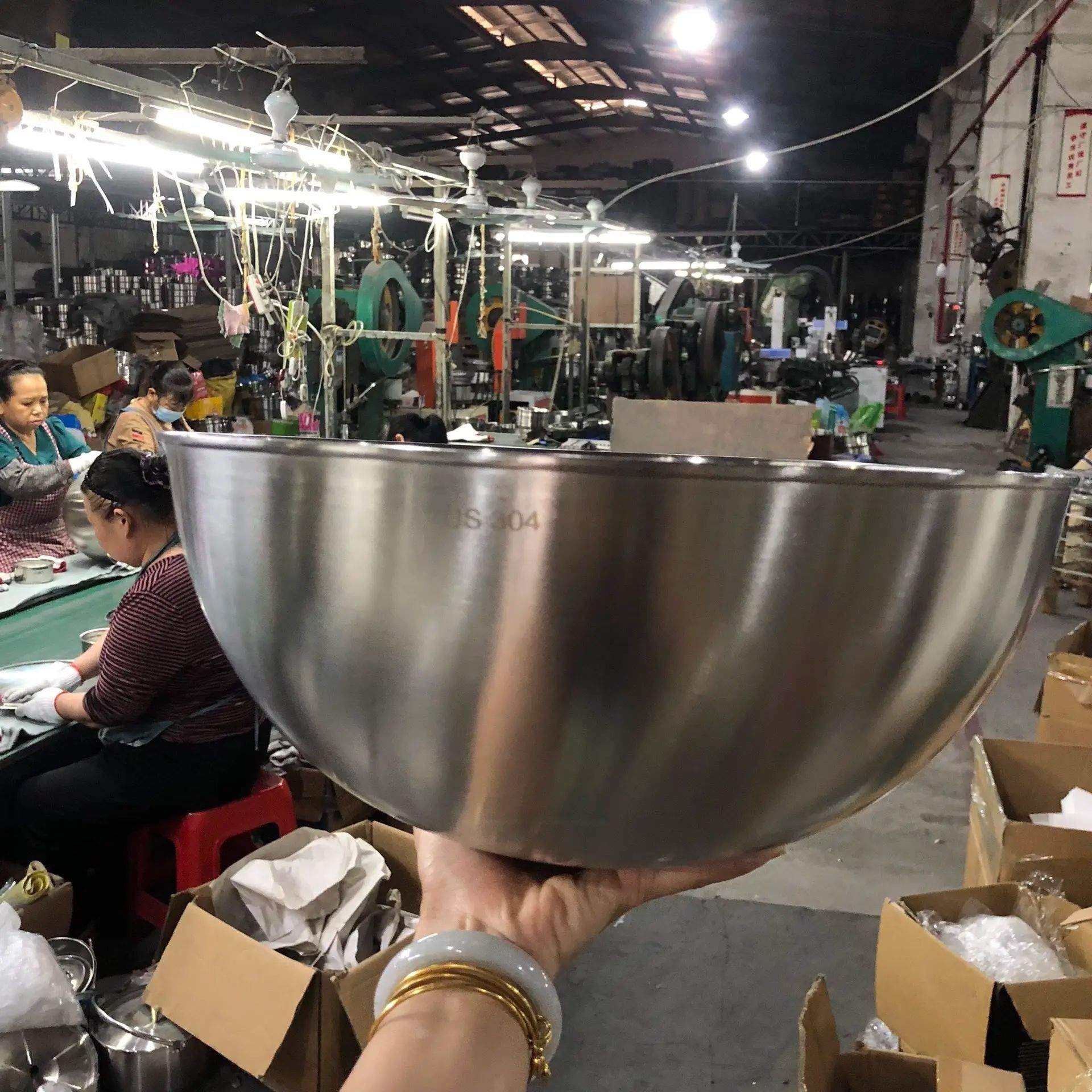
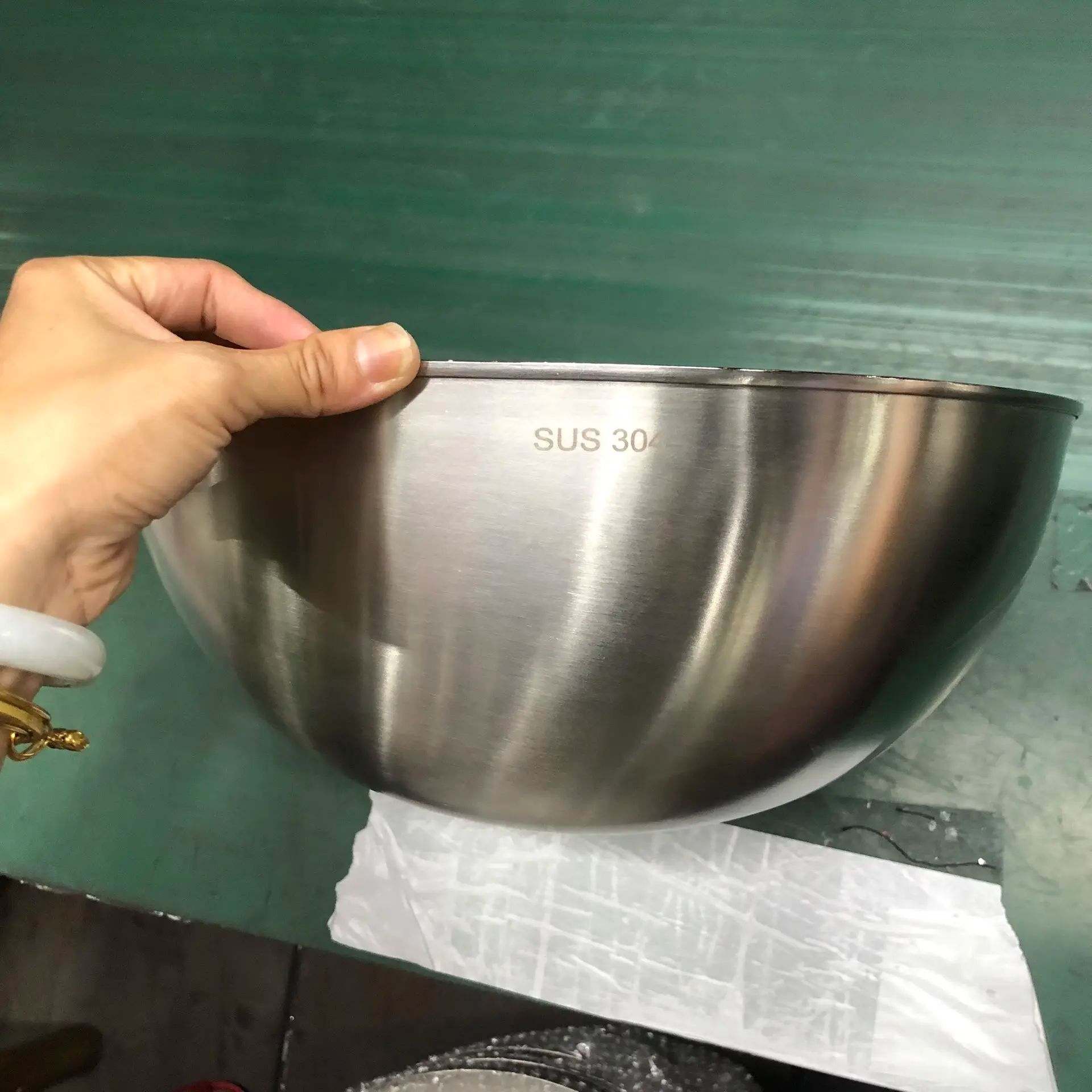
4.2Is 304 Stainless Steel Safe for Cooking and Microwave Use?
- Microwave safety concerns:Stainless steel, including grade 304, is generally not considered microwave-safe because metal reflects microwaves, which can cause sparks.
- Exceptions:Many 304 stainless steel containers have specially designed corners and features that prevent sparking, making them safe to use in microwaves.
- Important note:Not all stainless steel containers are microwave-safe — always check the manufacturer’s instructions before using in a microwave oven.
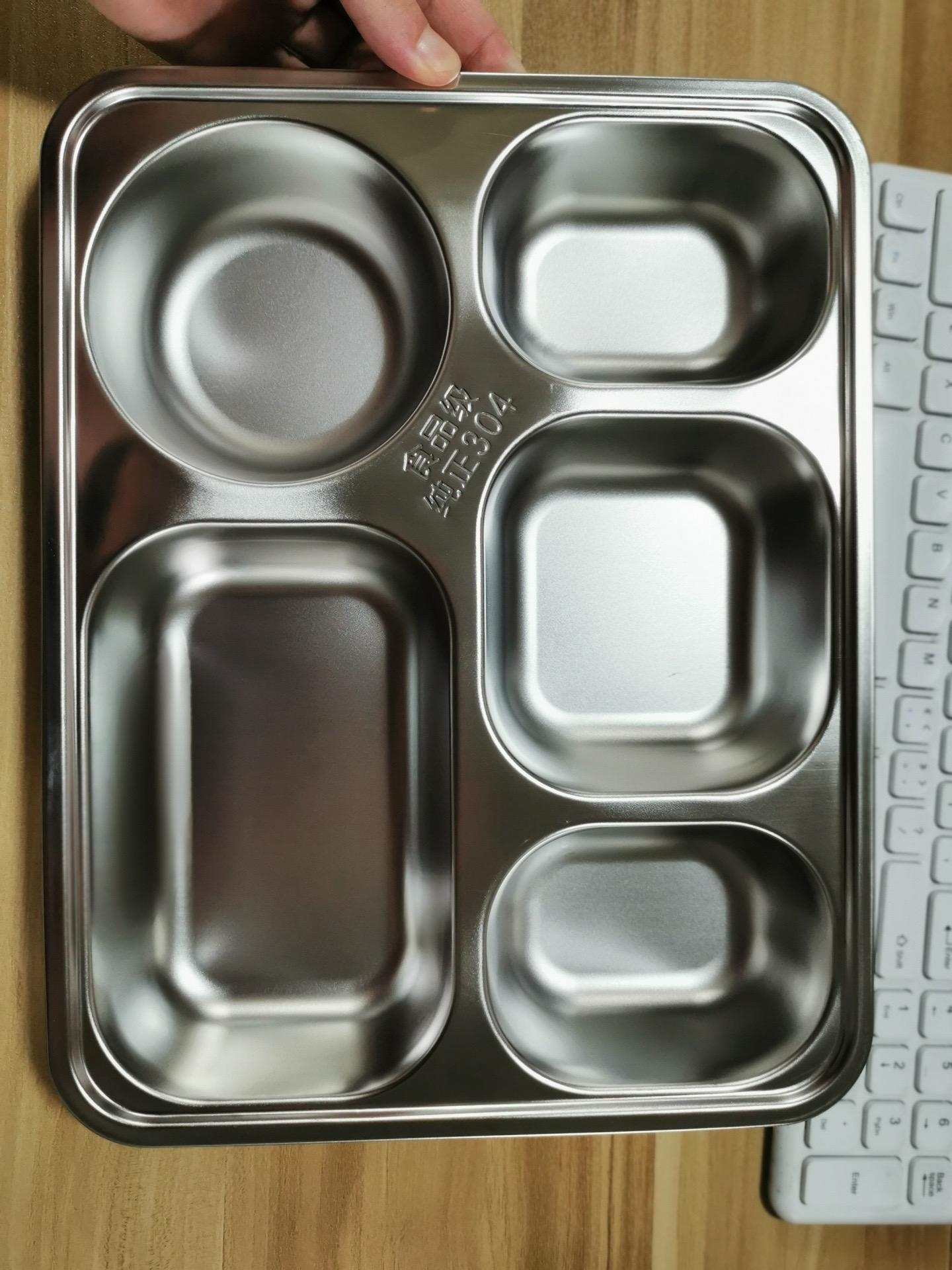
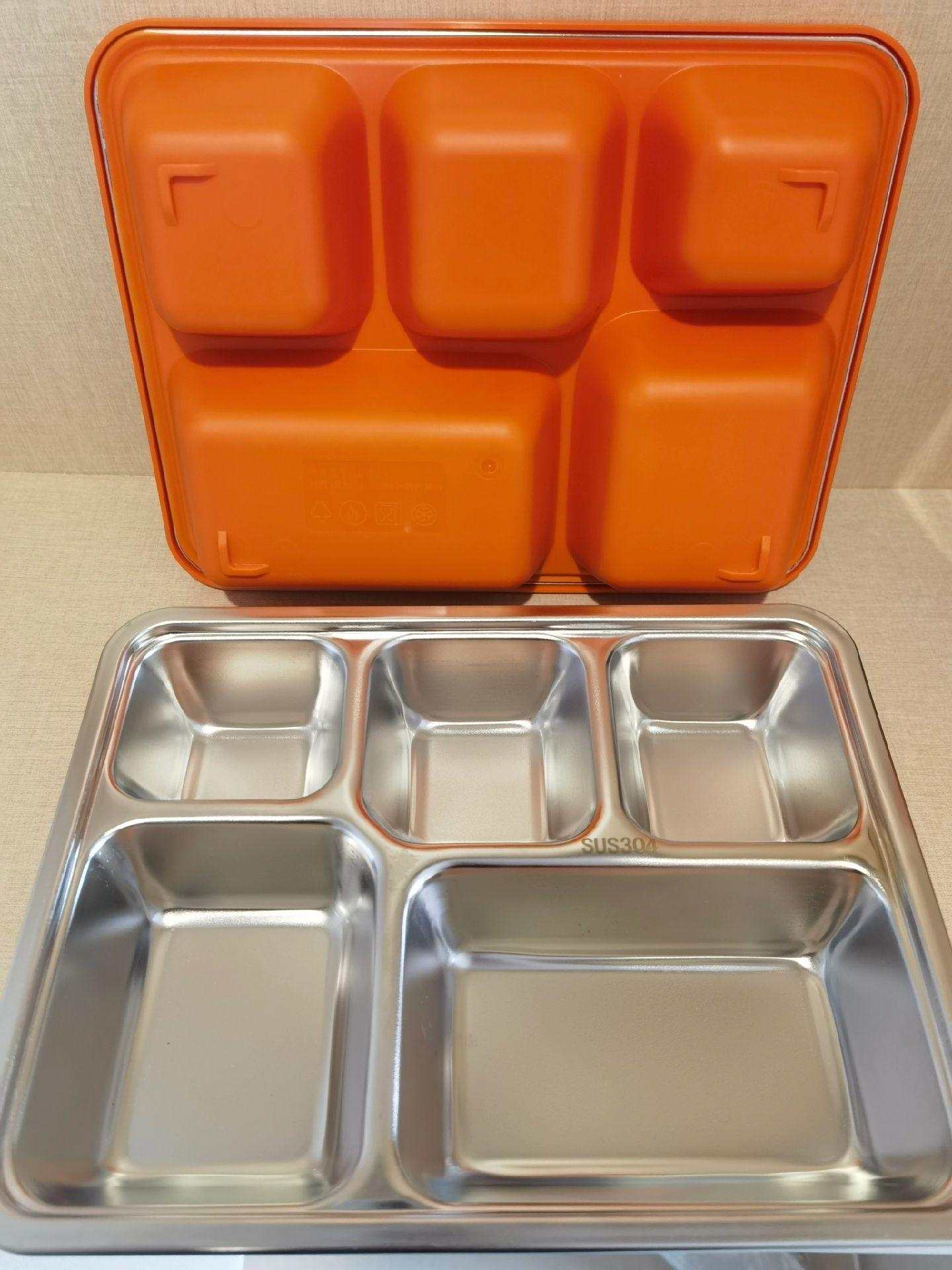
5.0Does 304 Stainless Steel Rust
5.1Why doesn’t stainless steel rust easily, and why does it sometimes still rust?
Stainless steel is an alloy composed of iron, chromium, nickel, carbon, manganese, silicon, nitrogen, and other elements.
Chromium (typically 12–20%) is the key element that gives stainless steel its corrosion resistance.
Chromium forms a thin, invisible passive layer on the surface, which prevents oxidation.
However, under certain conditions, stainless steel can still rust, such as:
- Exposure to harsh chemicals
- Contact with saltwater or salty environments
- Grease or oil contamination
- Prolonged heat exposure
Rust is the result of an oxidation reaction where iron reacts with water and oxygen to form hydrated iron oxide, commonly known as rust. If the passive layer is damaged, the iron in stainless steel may oxidize.
5.2How to Prevent Rust on Stainless Steel
Effective ways to prevent rusting of stainless steel:
- Protective Coatings:Apply polyurethane top coats, sealants, or epoxy coatings to enhance corrosion resistance.
- Routine Maintenance:Use corrosion inhibitor sprays, readily available at hardware and auto stores, for regular upkeep.
- Keep Surfaces Clean and Dry:Avoid moisture accumulation or prolonged exposure to water.Remove grease, salt, and corrosive residues from surfaces promptly.
- Avoid Exposure to Corrosive Agents:Limit contact with acidic, alkaline, or salty environments, especially in industrial or marine settings
6.0304 vs 316 Stainless Steel
304 and 316 are two of the most common stainless steel grades. Though similar in appearance, they differ in composition, corrosion resistance, and applications. Knowing the difference helps ensure the right choice for food, chemical, or marine use.
For a detailed comparison, please refer to the article “[Stainless Steel 304 vs 316: Key Property Comparison].”
6.1What is the difference between 304 and 316 stainless steel
316 stainless steel contains molybdenum, but 304 does not.the key difference between 304 and 316 stainless steel that makes them different is the addition of molybdenum, an alloy that drastically enhances corrosion resistance, especially for more saline or chloride-exposed environments.
6.2Which is better: 304 or 316 stainless steel
Compared with 316 stainless steel and other high-alloy stainless steel, 304 stainless steel has a higher cost-effectiveness due to its excellent versatility and easy processing.
6.3How to tell the difference between 304 and 316 stainless steel
Out of over 60 different grades of stainless steel, the most often used in the electrical industry are 304 stainless steel and 316 stainless steel. Aesthetically, there is no difference between the two; in fact, the only way to differentiate between them is to test them chemically. The main difference between 304 and 316 stainless steel is 316 SS has the addition of molybdenum.
7.0Applications and Workability of 304 Stainless Steel
7.1What is 304 stainless steel used for
| Industry | Application Examples |
| Food Processing | Sinks, work surfaces, preparation areas, refrigerators |
| Pharmaceutical | Clean room equipment and surfaces |
| Industrial | Heat exchangers, chemical containers, pipelines, brewing tanks |
| High-Temperature Use | Pressure vessels, gas storage for petroleum or steam |
| Construction | Building facades, decorative architectural elements |
| Material Variants | 304, 304L (dual certified), 304H for high-temp applications |
7.2Can 304 stainless steel be welded
Yes, 304 stainless steel—an austenitic “18/8” alloy with 18% chromium and 8% nickel—has excellent weldability and is widely used for welding and deep drawing applications.
| Aspect | Details |
| Type | Austenitic stainless steel |
| Weldability | Excellent |
| Common Welding Methods | TIG (GTAW), MIG (GMAW), Stick (SMAW), laser, resistance welding |
| Filler Material | ER308L is commonly used |
| Preheat/Postheat | Not typically required |
| Corrosion Resistance | Maintained if proper practices are followed |
| Intergranular Corrosion Risk | Can occur due to carbide precipitation if overheated (see below) |
7.3304 Stainless Steel Welding Recommendations
Use 304L (low carbon) when welding, especially for thicker sections or when high corrosion resistance is needed in the weld area.
- Clean surfaces thoroughly before welding.
- Use argon gas shielding for TIG/MIG to prevent oxidation.
- Avoid contamination with carbon steel tools (to prevent rust spots later).


